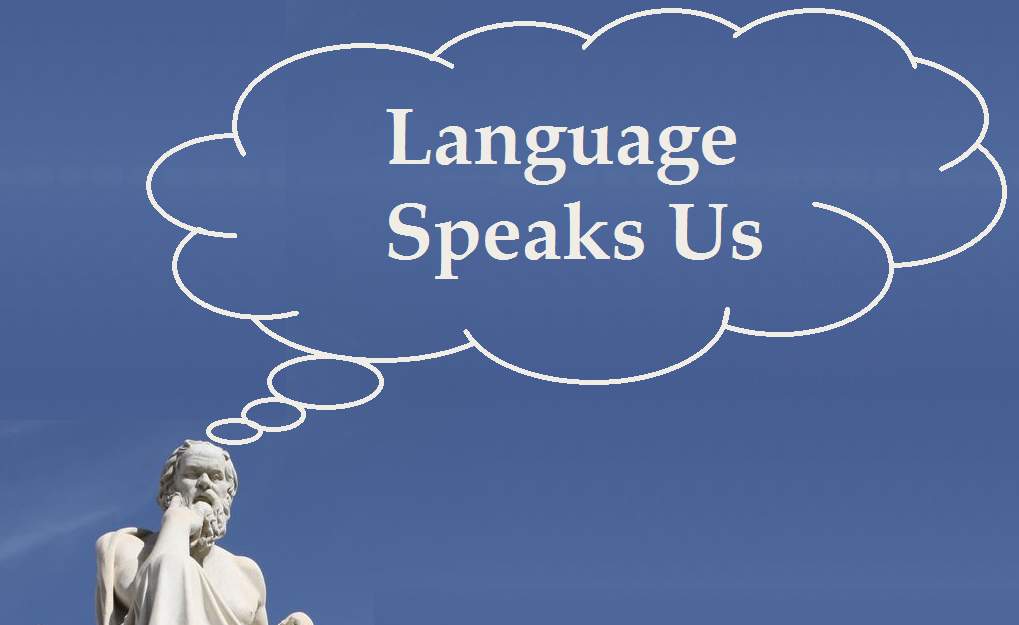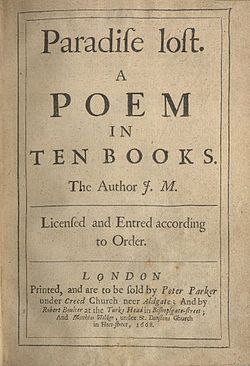The philosophy of proofreading and editing
A ten-minute read.

Proofreading is about correcting the use of the English language, right?
Well, as a philosophy scholar and English-language editor, I am naturally inclined to pick holes at notions like "correct" and even "language" but what follows is, I hope, an attempt to explore some of the philosophical aspects of proofreading and copy-editing without getting lost in the abyss of meaninglessness.
"Please can you correct my use of English."
A common thing to hear from non-native English speakers, and not an unreasonable request. But what does it mean to correct something?
It means nothing.
It is a subjective value judgement that exists between author and reader that changes from person to person and from time to time.
"It must mean something. What about the dictionary, correct and incorrect spellings? And grammar – the rules of grammar are like the maths of language and you know if they are used incorrectly."
I hear you and I feel your pain. Let's explore some of these issues with practical examples.
I'd like to share some case studies of just how different some projects can be and how when it comes to proofreading, what is right and what is wrong becomes a question of what is best for the project.
Proofreading a digitised version of an ancient religious text
This was by far the most interesting project I have had so far. It was also the most difficult in several ways.
I shan't go into the content too much, as in this case it was not at all relevant to the remit of the proofreading service that I was providing.
A book had been written, by a mathematician, in the early 17th century. Back then, the printing process was very different; in this case, it was likely done using flatbed printing from a hand-written original (thanks to Wikipedia for that info!) so all very manual.
The manual processes involved in setting up the print would have allowed for errors in spelling, formatting, layout and physical printing at each stage, from hand-writing the original to the final print run.
The result is a book that contains many different spellings of the same word, that sometimes misses the space between two words, and that changes between three types of letter "s" according to font size or italicisation or sometimes without any reason.


These two examples show the variations in printing for the letter "s". Spotting the difference between a "long s" and an "f" is quite tricky – I ended up proofreading it by sitting uncomfortably close to a 42" TV screen and working very slowly to make out the tiny differences.
The challenge was to retain all of the spellings in the original, even if the spelling in the original was "incorrect". Incorrect here would mean inconsistent with other spellings used in other places in the text where the font and formatting were identical.
And, of course, there were then instances in the digitised PDF where these inconsistencies had been removed, so there was the task of spotting where an "error" (inconsistency) had been removed from the typeset version, and re-inserting the "error" into the PDF. Some "errors" such as formatting errors were deliberately removed to make the digital document easier to search electronically but this was rare.
With this project, the "correct" version was that which contained exactly the right set of errors to either match or improve the original, as specified by the project manager.
Language is subjective – edit for the reader
The bulk of my proofreading and editing is of technical reports, websites and scientific journal articles.
Each of these have their own set of proofreading requirements covering spelling preferences, formatting and layout and style but in each case, the crucial question to ask is:
"Who is the intended reader, and what do they want?"
Let's take an example of some different pieces of academic work that I have worked on in different ways: as author, editor and proofreader in my career as an engineer and now as editor/proofreader.
National Grid, as the electricity transmission network owner, publish information about the present and the future of the electricity network. This is aimed at the average person and the reader might want to know:
"Do we use more renewables or fossil fuels?", "Will windfarms make my electricity more expensive?" or "Will we have blackouts this winter?"
I have authored, published, edited and proofread academic papers for conferences and journals where the reader is more interested in:
"Can this hybrid VSC controller help system stability post-fault?" or "Is it cheaper to install a passive C-type harmonic filter or to add an active filtering secondary control loop to a Statcom?"
The readers have their own agendas and also have different expectations of what sort of language will be used, how much introductory explanation they will receive, how much mathematics will be employed to express the logic of the argument being made and so on.
Having authored and edited both types of document, I know the pitfalls of each – it is the challenge of the academic to express a complex issue in terms that make it accessible to someone with less knowledge than them; this is the goal of the typical journal paper. To write a report that summarises technical information for the general reader is even harder, and often works best when a technically informed editor hands over to a second stage of editing/proofreading done by a proofreader or copy-editor who has the same level of expert knowledge as the reader, i.e. not too much.
Getting the message across
"Language is a process of free creation; its laws and principles are fixed, but the manner in which the principles of generation are used is free and infinitely varied. Even the interpretation and use of words involves a process of free creation." Noam Chomsky.
As an example, you can say "system stability" to an electrical engineer, and it will mean something totally different from the same words to a mechanical engineer. An electrical engineer will be thinking of the qualities of the electricity flowing between the pylons, whereas a mechanical engineer is likely to be thinking about whether or not the pylon is going to fall over in high winds. A non-engineer has probably stopped reading long ago and is doing something more interesting!
Each reader has their own unique perception of what they have read and even this is not repeatable: I have read Nietzsche's Thus Spake Zarathustra about five times now, and each time new ideas come to mind. Colleagues have reported similar experiences with the Bible and Qur'an.
So, what can you do to close the gap between what you mean to say and the meaning that people take from your writing?
You can use more words to try to explain a point more clearly, but this reaches a point of diminishing returns and can end up reducing the impact or clarity of the message being conveyed. Too many words and the meaning gets diluted along with its effectiveness. Too few words and ambiguity and uncertainty of definition can stop you from getting your message across.
I have seen colleagues have an hour-long discussion about a subject that was almost entirely written in mathematical equations and definitions. Communication can also take other forms such as emoji exchange, txt spk or the specific language norms of a computer game. In each case, what is correct is not well defined and all that exists is the sense of correctness that is felt by the reader and how appropriate the meaning that they derive is – from the client's/author's point of view.
To paraphrase Chomsky, the reader will create their own meaning from your writing, and the words you write will hold different meaning from the same words in other contexts and from other authors. All questions of correctness of language are thereby rendered meaningless, and of less use to us in targeting a proofreading or editing service than the subjective evaluations made by the client on behalf of their intended readership.
So what is the point of a proofreading/editing service?!
Like most philosophical discussions, we are going to end with "what is the point?"
How to respond to that question? How to move forwards in this undefined and arid landscape of linguistic uncertainty?!
Well, I'd like to dodge the nihilistic notion that "there is no objective point to proofreading" and replace it with a framework for how an awareness of the limitations of concepts such as correctness, perfection and meaning can inform and shape a high-quality and client-focussed proofreading service.
I would say that the following flow is crucial for understanding and specifying a level of service provision for a proofreading/editing project.
I see the point as being to improve the document so that it better achieves its purpose. That's why I like to describe my proofreading and editing services as "document improvement".
Process flow for a client-focussed proofreading service
Start by looking at the document and asking some key questions:
- What is the purpose of the document?
- Who are the intended readers of the document, and what do they want?
- How much work is needed to get the document to achieve its purpose?
Often, the answer to question 3 will not be proofreading but more like proof-editing or copy-editing but actually, these distinctions are not what's important: what matters is that the document achieves its purpose.
